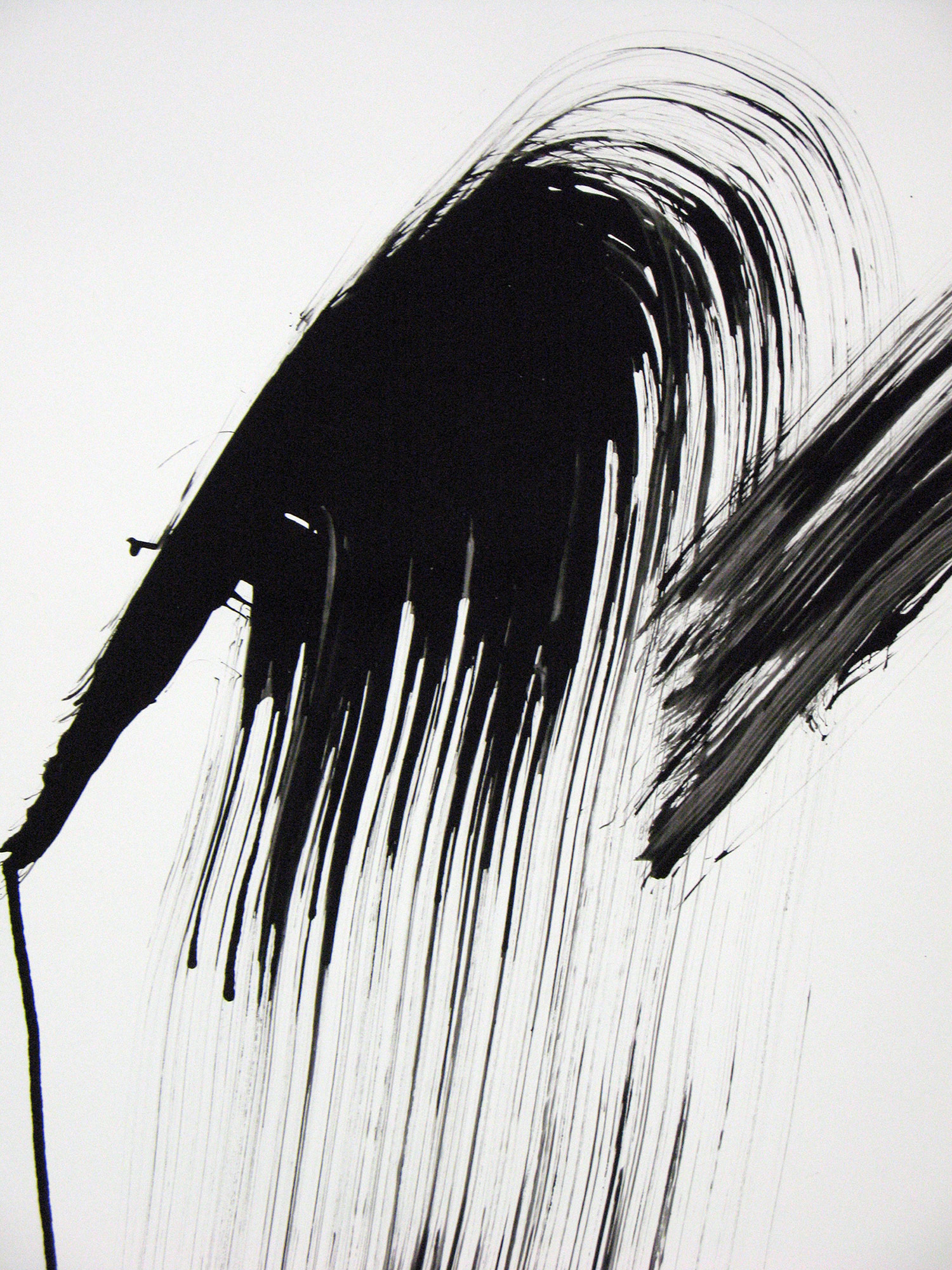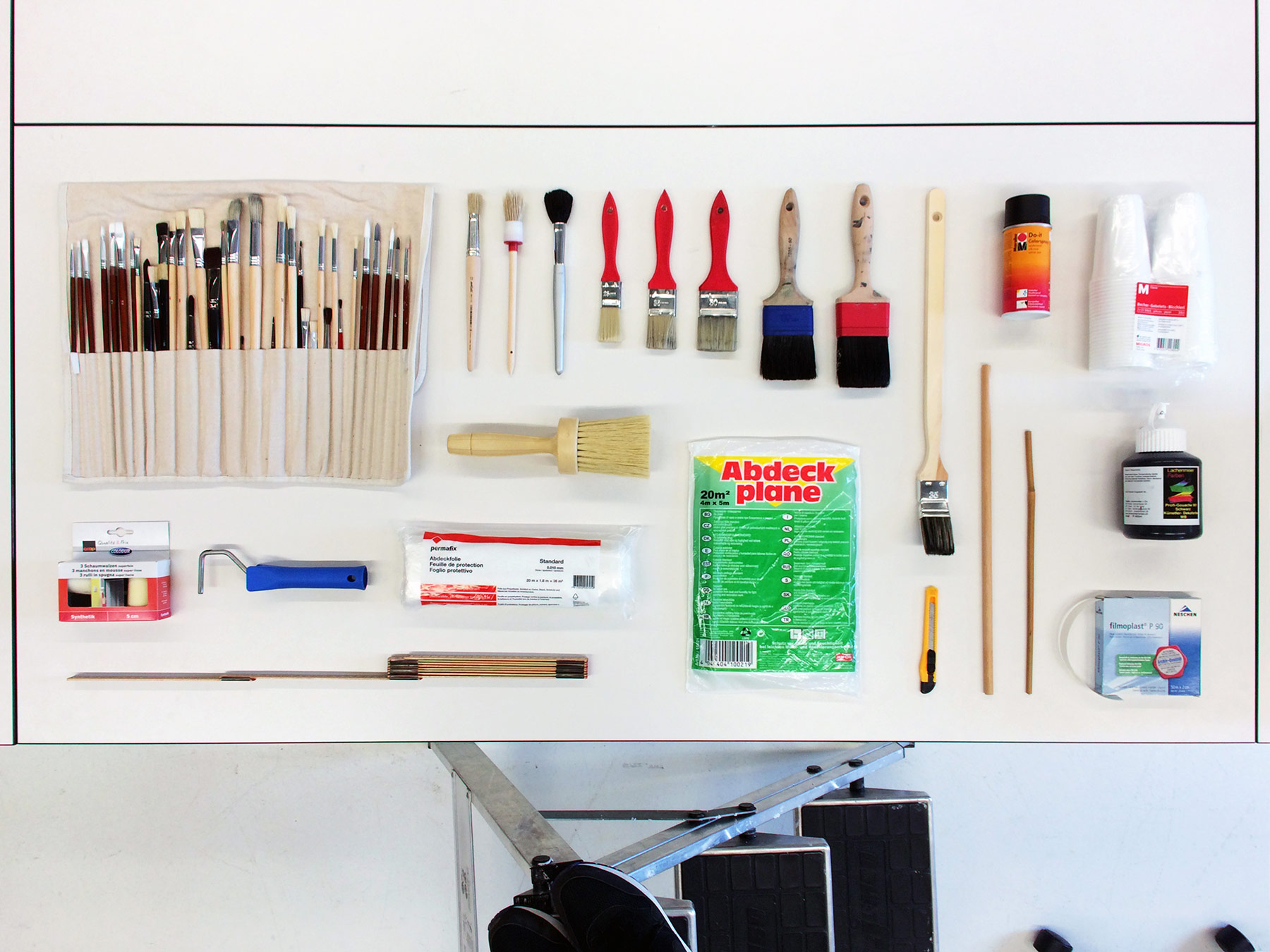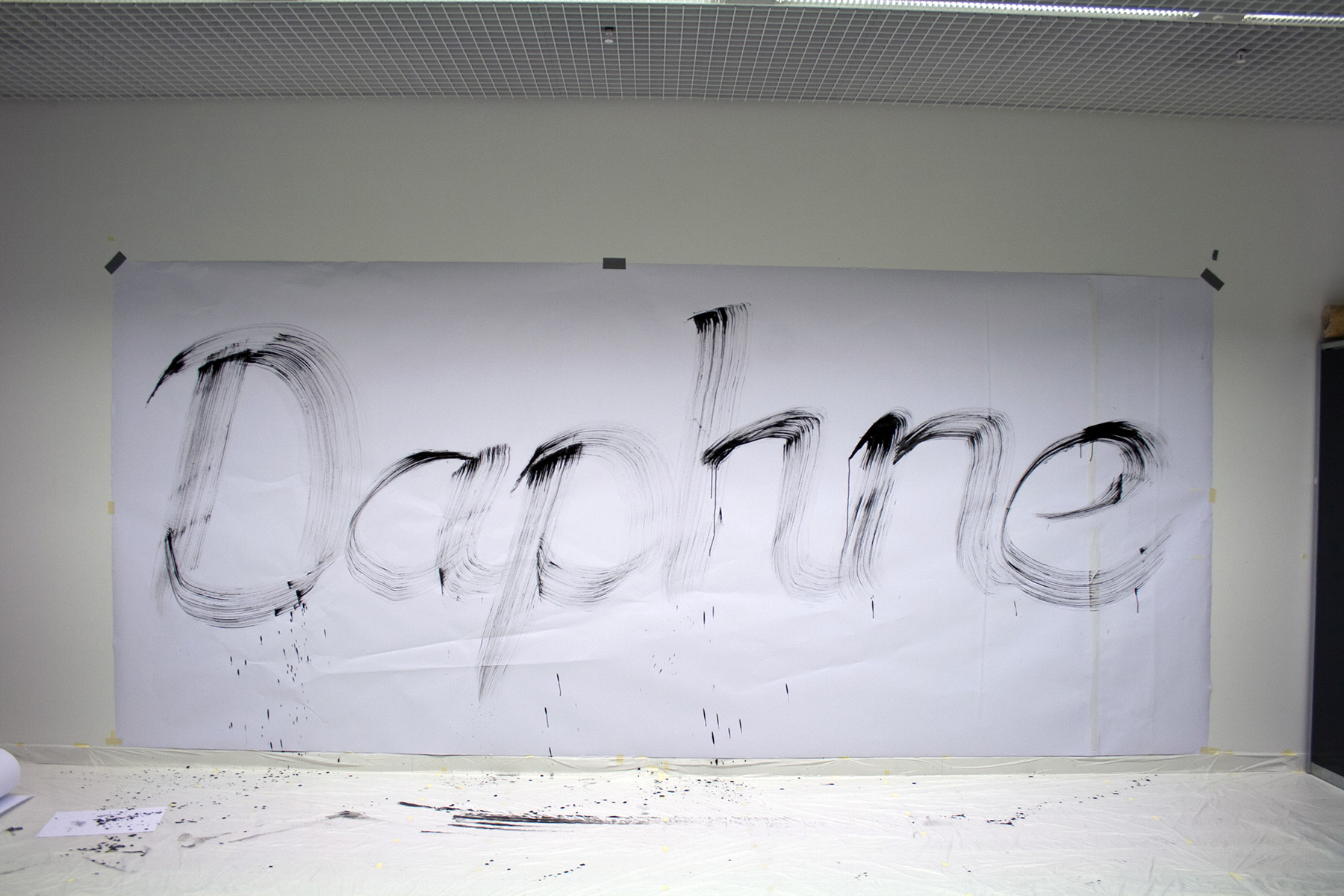Visuelle Kommunikation
Master
Tanja Devald
The Gesture of Writing – a Study of the Material and Physical Aspects of Handwriting



Nowadays, if we come across the field of visual means, handwriting and handwritten letters are once again getting popular. Due to our daily use of handwriting as a technique familiar to our culture, our experience with handwritten content links our emotions to several feelings. Therefore, many design products use handwriting as a mediator for individuality and immediacy, providing a product with a touch of simplicity and lightness.
But what does manual writing mean to us today, especially in the field of graphic design? In the context of the digital age where, as a rule, digital fonts are used as a medium to communicate and convey information, handwriting slowly but surely loses its raison d’être, because we consider other techniques to be more suitable for daily use. Therefore, the real value of handwriting perhaps has to be found on other levels than just that of being a conveyance for the written word.
This thesis is looking for another focus, namely that of studying the process of writing itself. Such a focus can be found in the field of calligraphy. The only problem is, that this process strongly concentrates on the aesthetics of the final product, rather than on the process of writing itself.
With its decreasing value, today the term of handwriting should not only focus on aesthetics and, therefore, cannot simply be called calligraphy anymore; it has to be further developed to survive as an art form. Aesthetics are an aspect of both manual and digital realizations, but the gesture of their creation is quite different; consequently, the importance of the process should be recognized. We should first understand this procedure to gain a new understanding of its value for today’s design processes.
Vilém Flusser said: “…writing means to allow yourself getting lost in the magical power of the words, but still keeping a certain control over the gesture.” What he calls control over the gesture can, in this context, be understood as the process of writing as such. With this aspect in mind, the project focuses on the pure event of writing, and is placed as far as possible from the linguistic and reading-related parts. The thesis looks at the material as well as at the physical aspects of the very action of writing and, in that manner, seeks to define the different factors that influence the actual process of writing.
Through different series of written experiments based on specific questions, the study tries to visualize these different factors of the writing process. For the material aspects of the process, the focus is on the tool which is used as an extension of the body. And for the aspect of the body, which is seen as a crucial part of the event, the focus is on five different formats to elaborate, amongst other things, the changing radius of the physical movement.
Exploring these different aspects, the study hopes to revise our understanding of the different appearances of handwritten products and its causes. With this awareness, a new range of properties and possibilities can be established. For the design process, this could open up a new point of view to assess the value of the handwritten products used nowadays.
Tanja Devald
hello@tanjadevald.ch, www.tanjadevald.ch
Institut Visuelle Kommunikation, FHNW HGK, Freilager-Platz 1, CH-4023 Basel
+41 61 228 41 11, info.vis_com.hgk@fhnw.ch, www.fhnw.ch/hgk/ivk



